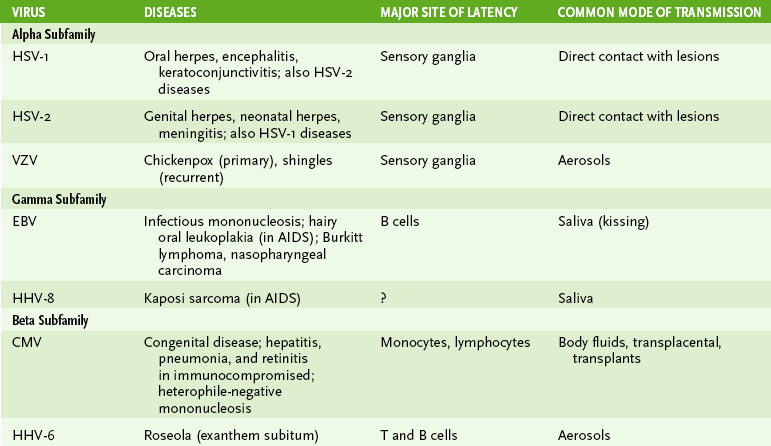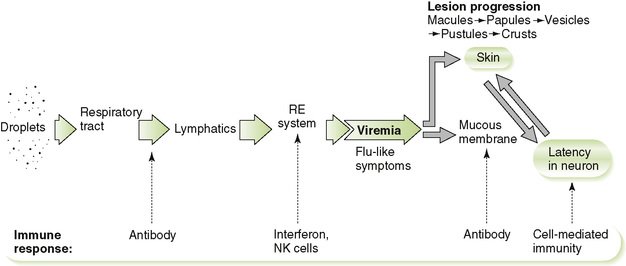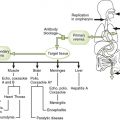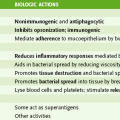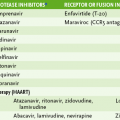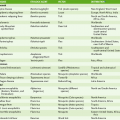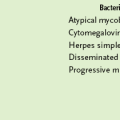Chapter 22 • This family comprises large viruses with an enveloped, icosadeltahedral capsid and a linear, double-stranded DNA genome. • All three subfamilies (alpha, beta, and gamma) contain significant human pathogens, which can establish primary lytic or persistent infection, as well as latent and recurrent infections (Table 22-1). TABLE 22-1 A Herpes simplex viruses type 1 (HSV-1) and type 2 (HSV-2) • Initial infection and viral replication occur in mucoepithelial cells. • Characteristic HSV lesions associated with lytic infection are due to virus-induced cytopathic effects and inflammatory reactions. • Latent infection, causing no detectable damage, is established in sensory ganglia (neurotropic) innervating the site of the initial lesion. • Reactivation of latent HSV may be induced by emotional or physical stress, certain foods, or immune suppression. a. Clinical manifestations of HSV infection depend on the tissue infected. Recurrent disease is less severe than primary infection and may be asymptomatic. b. HSV-1 and HSV-2 cause disease at the site of infection and cause similar disease presentations. • Classic HSV lesions are vesicular with an erythematous base. • Oral herpes (herpes labialis and gingivostomatosis) is caused primarily by HSV-1 in children and also by HSV-2 in young adults. • Genital herpes is most commonly caused by HSV-2. • Encephalitis and keratoconjunctivitis are usually due to HSV-1. • Disseminated infection and more severe disease occur in individuals with compromised cell-mediated immunity and in neonates. • Characteristic cytopathic effects are observed in vesicle fluid, biopsy samples from affected tissue (Tzanck smear and Papanicolaou smear), or cultured infected cells. • Immunoassays for type-specific viral antigens can detect and distinguish HSV-1 and HSV-2. • Polymerase chain reaction detection of HSV nucleic acids in cerebrospinal fluid is used in diagnosis of encephalitis. • Direct contact with vesicle fluid or virus-containing mucus (e.g., by kissing, sharing utensils, sexual contact, autoinoculation, and passage through birth canal) spreads HSV. • HSV-1 is ubiquitous, and more than 90% of the population is infected in childhood. • HSV-2 is usually transmitted sexually and acquired later in life by about 30% of the population. B Varicella-zoster virus (VZV) • Like HSV, VZV causes vesicular lesions and establishes latency in neurons. • VZV differs from HSV in its transmission (aerosols), usual site of entry (respiratory tract), and spread within the body (through lymphatics and the bloodstream). • Primary VZV disease (Fig. 22-1) • Skin lesions first appear on the trunk, 10 to 14 days after exposure (maximum, 90 days), and then on the peripheral regions of the body, including the scalp.
Enveloped DNA Viruses
